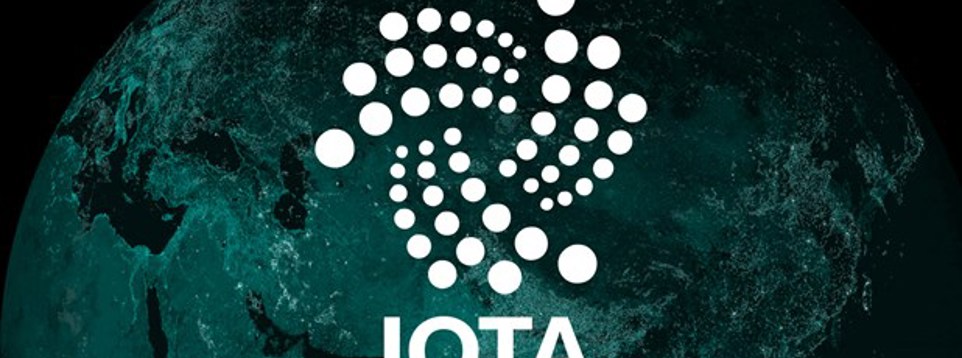An Introduction into IOTA

An Introduction into IOTA
Date: 08 Feb 2018
Disclaimer: I will use the terms blocks and blockchain in this intro article to set the basis for a deeper discussion of IOTA. The IOTA foundation appears to be assured that it has nothing to do with the blockchain and works with a new technology called Directed Acrylic Graphs Technology.
The IOTA network, which has been defined as the Tangle, has also been celebrated as "Blockchain 3.0," but is there any merit to this?
One researcher even claims that IOTA effectively creates blocks without miners. Therefore, if this point was analyzed a bit further, it could also be claimed that if this is true, then fees are not needed at all to process network transactions.
Of course, the question then becomes, how is this even possible and how does this work? The Tangle is simply a network that tries to make transactions between two machines as fast as possible. Going off of this, the Tangle network works because it depends on network effects.
Think of Ebay. Ebay only works because a certain number of people use it. The large number of sellers brings a large number of buyers and vice versa.
On the Tangle, blocks are confirmed by users. Therefore, in theory at least, the more users that are signed up, the more blocks are formed and the more efficient the Tangle is. Network effects.
Going back to IOTA as a cryptocurrency, it wants to replace the blockchain with Directed Acrylic Graphs technology which it claims to be a more efficient and more speedy way for two computers to connect with each other. IOTA claims that all transactions on the Tangle are not only zero fee but also possible to do offline. DAG appears to be based on randomness.
If all of this is true, the question remains: how is it possible for this network to function with seemingly no incentives to keep it running like the fees that miners receive from traditional block confirmation?
Also, the question remains: how will users be incentivized to stay in the network? This might be better understood by analyzing the existing ways of rewarding blockchain users.
IOTA does seem to state that any individual user can earn IOTA by helping with transaction confirmation and suggests that in doing this, the network is not based on proof of work.
As to what you need to know about proof of work, it's basically this. If a crypto chain is based on proof of work, then the better the computer you have, the more coins you'll get. That's why you see these mining farms with Bitcoins.
Proof of stake is different and selects the person who gets the reward for block confirmation based on time in the network, amount of coins already held and an element of randomness.
Critics of proof of stake, however, state that it is not random and only favors the wealthy. This will be discussed further in different pieces.
So why compare proof of stake and proof of work here? IOTA appears to claim that it is based on neither and only based on randomness as well as the idea that to confirm one transaction, you need to confirm two random ones that happened before it.
If this is true then IOTA has created a new form of proof. While this isn't 100% clear at this time, nothing in crypto is. There is, however, a lot of evidence based on current research that IOTA is blazing a new trail between proof of stake and proof of work.
All in all, there are a lot of other issues that come to mind with the Tangle and that's not to say that it won't work and isn't good as of now. Every crypto company has its' issues. This is a pre-growth to early growth stage industry. It's natural. Stay tuned for more articles digging deeper into these ideas including how Directed Acrylic Graphs tech seems to work.
If you are interested to work in the exciting space check out live vacancies here or contact neil@cryptorecruit.com
Back to News Share to LinkedIn
Share to LinkedIn Share to Twitter
Share to Twitter Share to Facebook
Share to Facebook Back to news
Back to news




